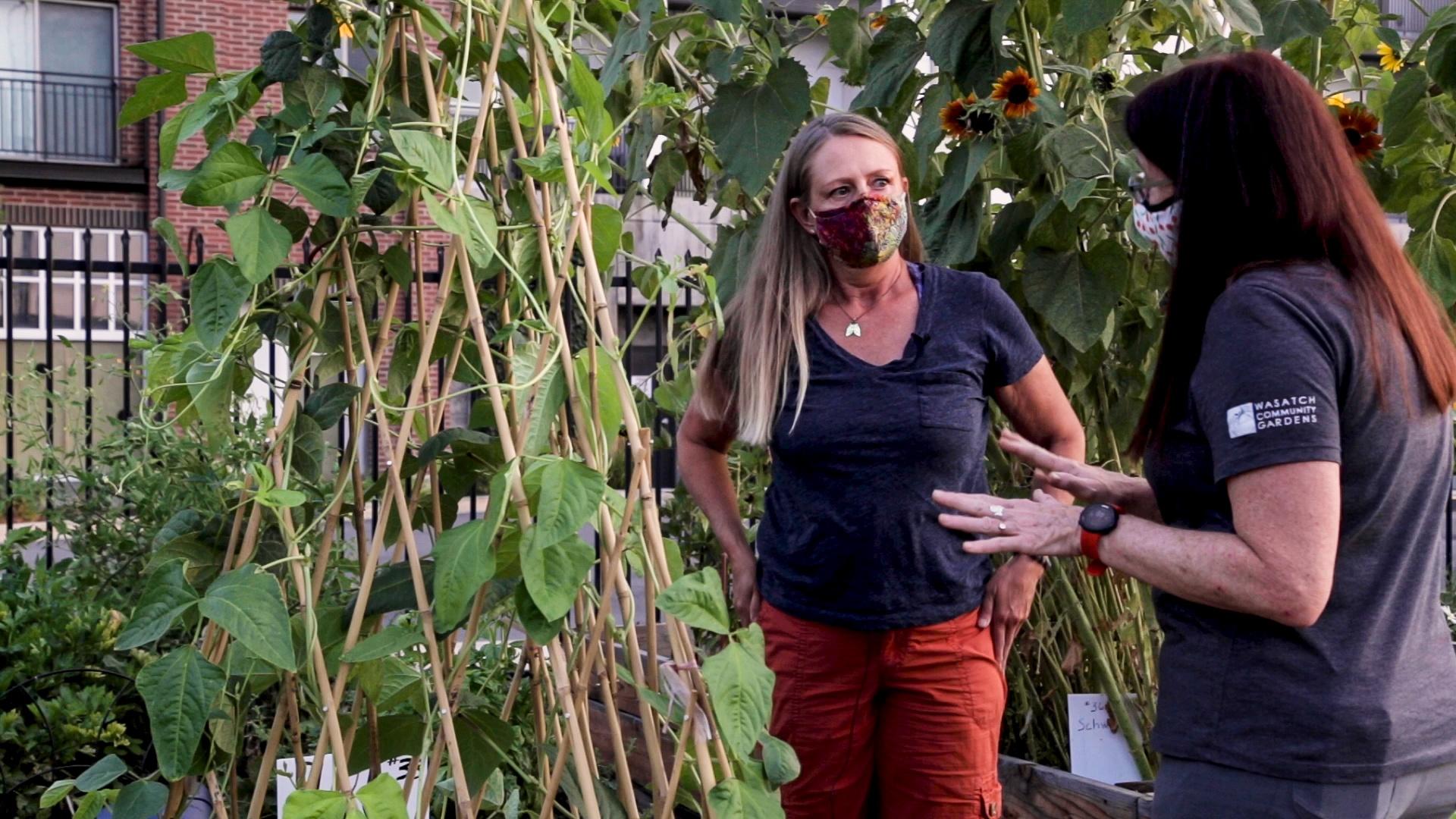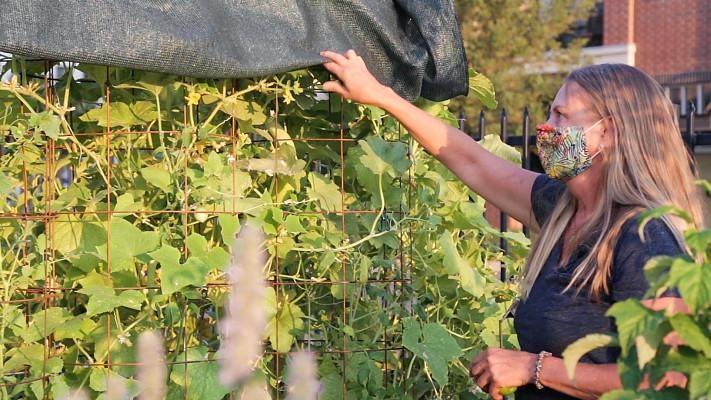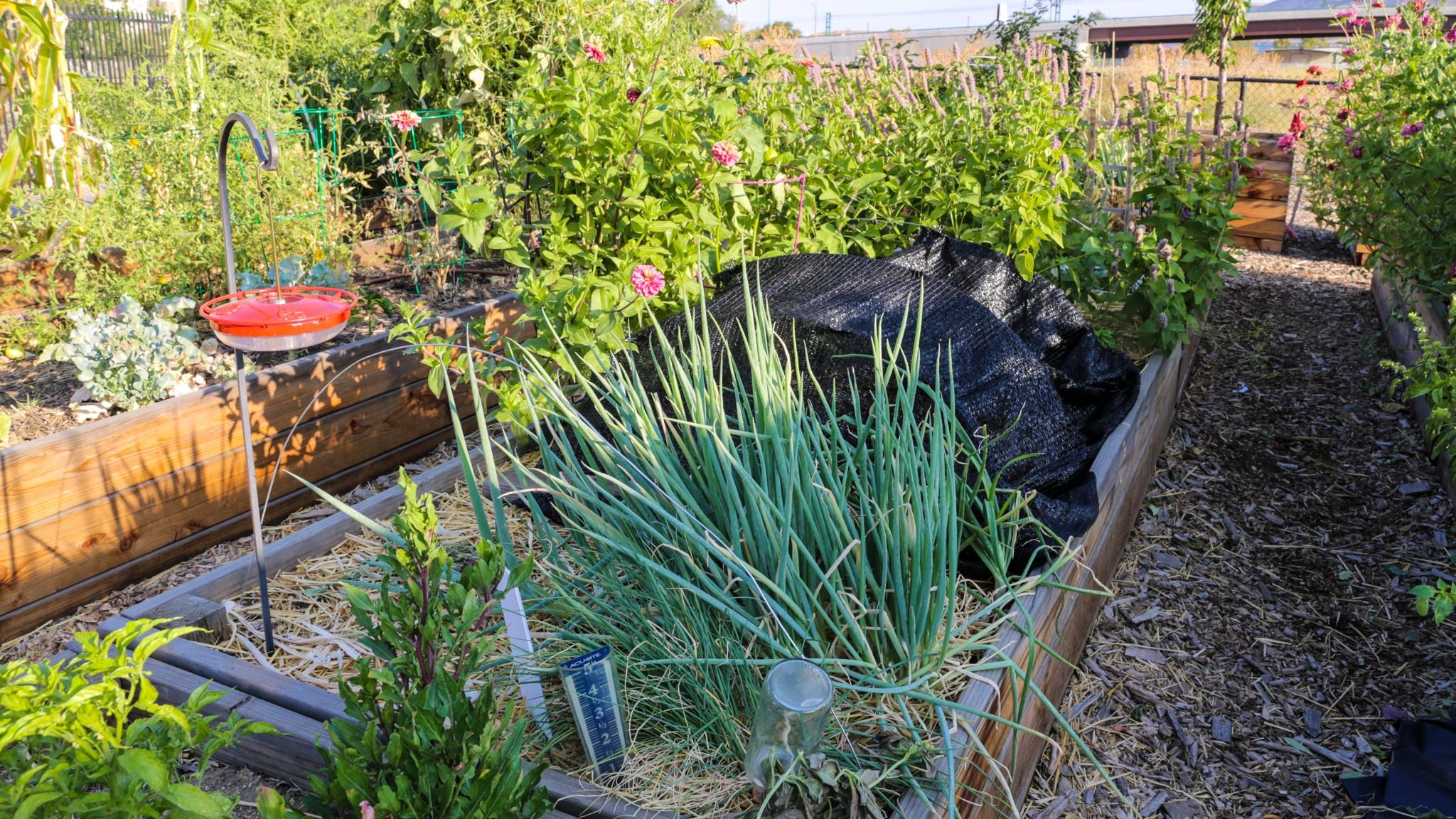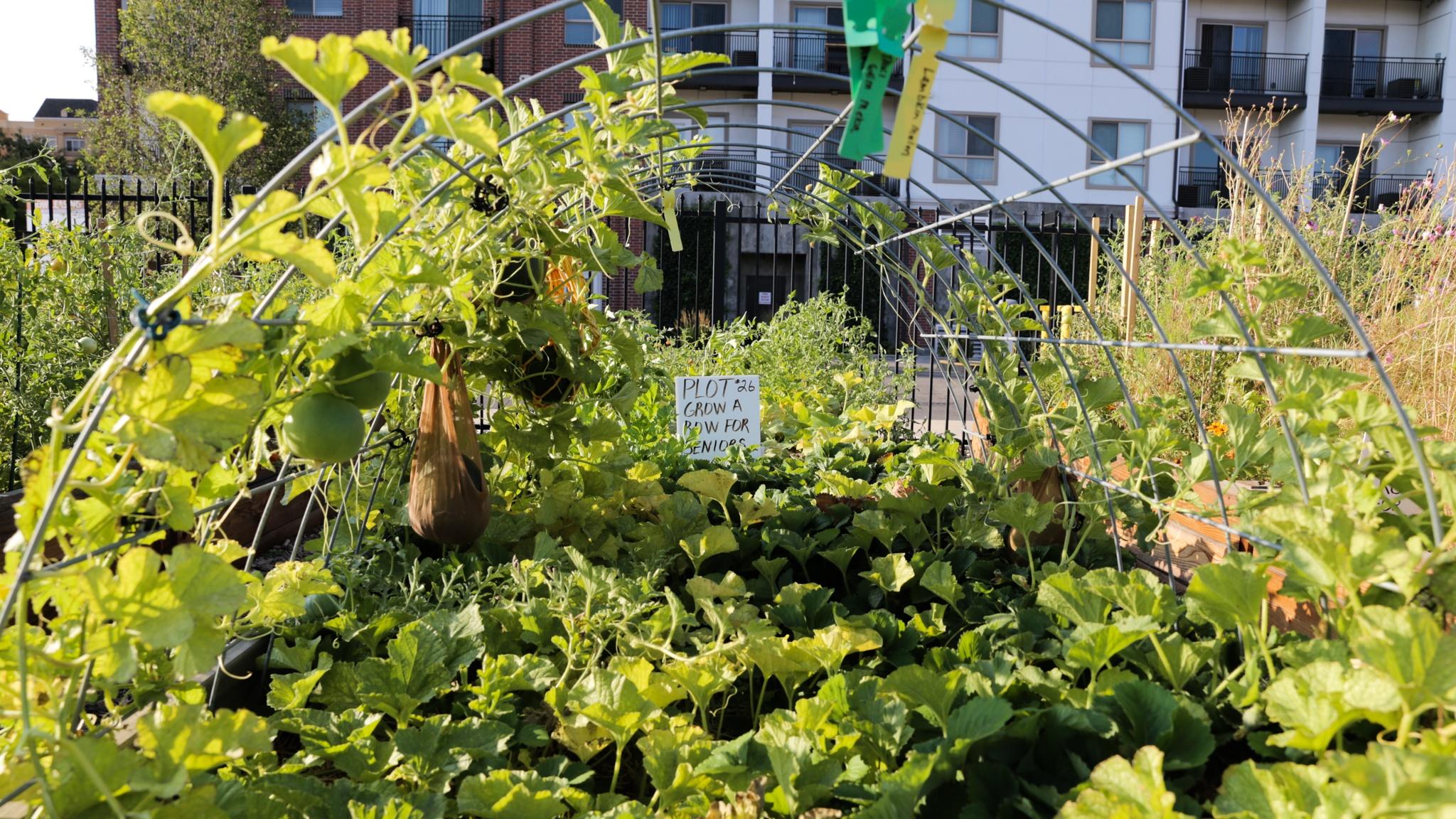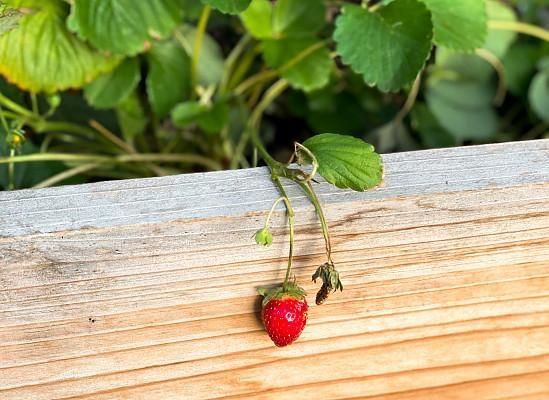We are thrilled to be partnering this year with Wasatch Community Gardens on a virtual version of their Urban Garden and Farm Tour. In this special series of videos, we’ll be showcasing some creative, experimental and downright beautiful urban gardens and farms in the Salt Lake City community. Come with us, as we take a virtual peek over the fence into our neighbors’ backyards!
Building Community With A Community Garden
A community garden is more than a beautiful green space full of fresh food in an urban area. It’s a place where city dwellers can meet their neighbors and learn new gardening techniques. Community gardens also provide food security, making their communities healthier and more connected.
Wasatch Community Gardens (WCG) empowers people to grow and eat healthy, organic, local food. For more than 30 years, this nonprofit has provided people in Salt Lake County with access to land and education for growing and eating fresh produce, while building community connections through gardening and healthy food. WCG accomplishes its mission through four main programs: Community Education, Youth & School Gardens, Job Training and Community Gardens. We visited one of their 17 gardens in Salt Lake County, the Gateway community garden in downtown Salt Lake City, to see community gardener Stephanie’s garden plots and learn about what it’s like to be a gardener in a community garden.



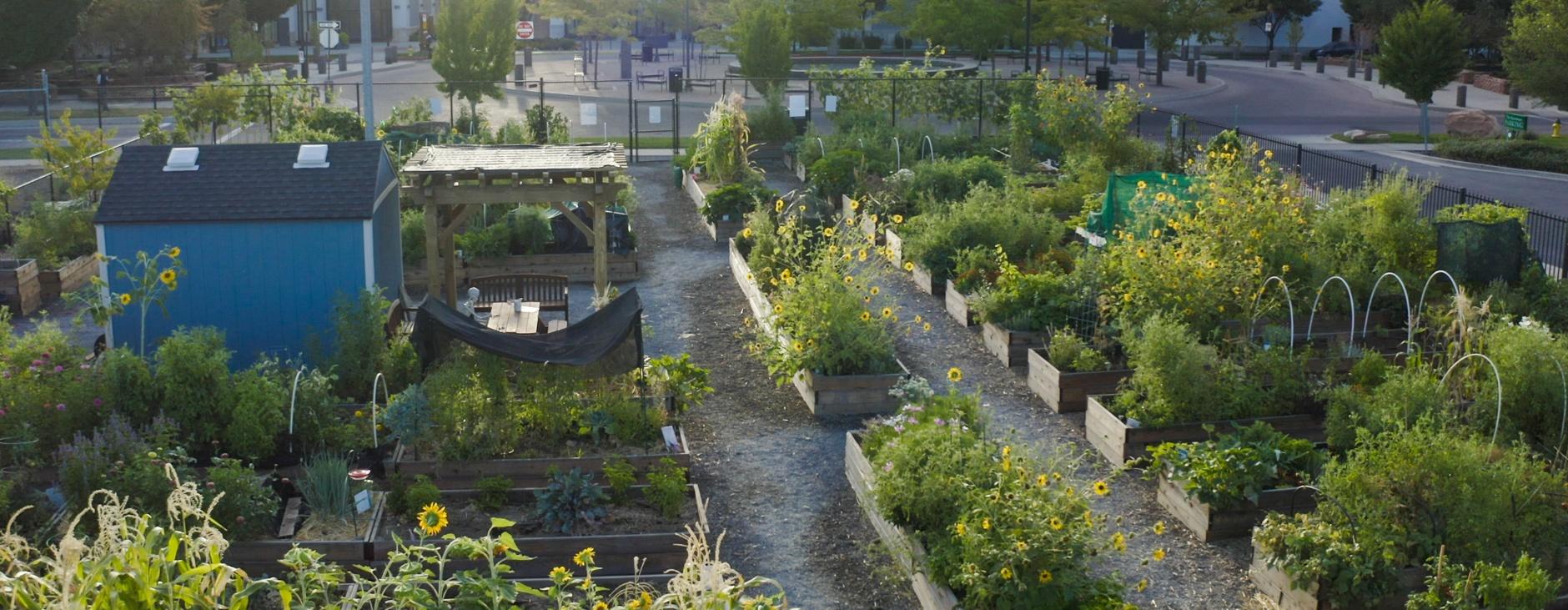
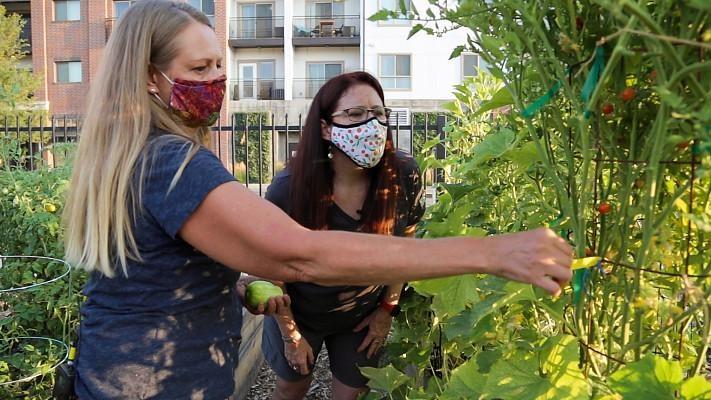
/2997f9d255_garden%20from%20east.jpg)
